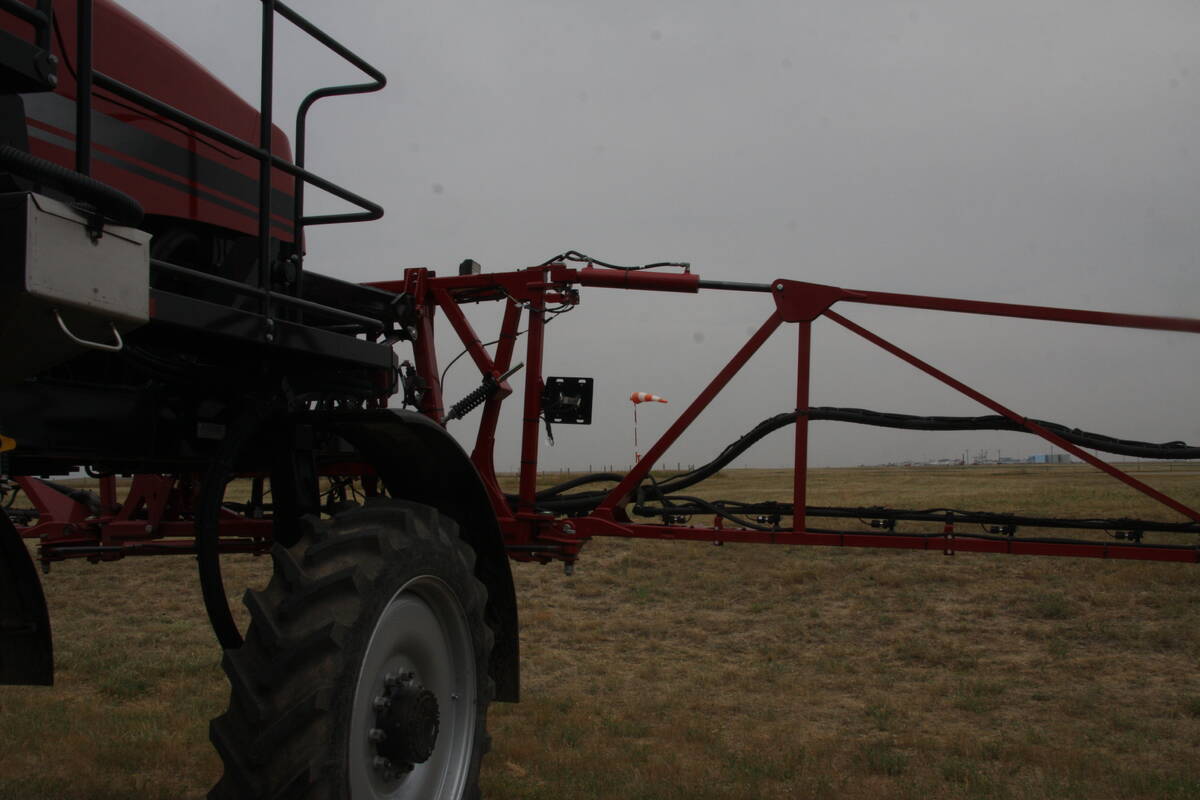Bison cows can live into their 30s, and while the industry initially thought that was a good thing, questions are now raised about the value of older animals in the herd.
In my veterinary practice, I am starting to see age-related health problems hurting the productive output of our herds.
A number of the pioneering herds in Canada now have several cows in the 15 to 20 year range. As we know more about them and study them under more intense management situations, we discover problems not unlike old beef cows.
Read Also

More work wanted on removing red tape
REGINA — Canadian farmers risk falling further behind competitors if two main federal agencies don’t become more efficient and responsive…
More bison producers are starting to pregnancy check their cows, particularly older cows or those that have missed pregnancies in the past.
There is no doubt cows older than 15 years have much higher open rates. They don’t recover as quickly following a birth and their body condition goes down, resulting in either being open or having a late calf one year followed by an open year the next.
The economics driving modern agriculture require one calf from each cow each year, but to do that cows must be in top shape.
Bison cows in the wild often calve every second year. The off year allows them to regain condition from the demands of milking and raising the calf. It takes younger animals to reproduce year after year.
Dog breeders who raise two litters from their dogs yearly notice that they seem to age quicker. It is a similar story in the bison industry: cows producing one calf a year seem to age quicker.
This is exacerbated if the calves are left to be weaned naturally by the arrival of the next calf crop. It means that other than a short dry off period, these cows are essentially milking year around.
Producers who force weaning do so from December to April, which means the calves are at least eight months old and still suck some milk.
Leaving calves to wean naturally does not appear to affect colostrum consumption by the next calf crop. The cow forces the yearling to keep its distance and they will run together as a family unit of three for quite a while.
It is important when tagging replacement heifers to have a system that can trace back the age. Older cows can be culled, especially if they are open or start to calve late or begin to raise underweight calves. As the cow ages, its condition will drop and milk production is affected, which leads to lower weaning weights in their calves.
I have also observed aging conditions such as cataracts and hair starting to turn grey. Producers who closely monitor calving will report calving output of 50 to 60 percent with these older cows, which is unacceptable in the long term.
In bulls, I have semen tested enough to know good fertility extends beyond 10 years.
The issue with older bulls is they become more difficult to handle and smarter around facilities with each breeding season. Producers must be extremely careful around them in the rut.
As a result, it might be a good idea to cull older breeding bulls. The ratio of one good breeding bull for 20 to 25 cows could become the norm rather than the industry standard of one per 10 cows. This will save on bull power and minimize fighting injuries.
Producers have told me that older bulls are more likely to get out or raise Cain with the fences. From a breeding perspective, it can be costly if the oldest, most dominant bull becomes infertile but also pre-vents other bulls from breeding.
The bison meat market is now strong, so don’t hesitate to cull older, infertile stock and those showing advanced stages of aging. Aging may also affect their teeth or digestion.
Culling early means there will still be good meat value there. That also goes for breeding bulls.
As well, bringing in replacement heifers will increase productivity.
We cannot expect cows to be really productive into their 20s under our strict reproductive parameters, although as with anything, there are exceptions to the rule.
















